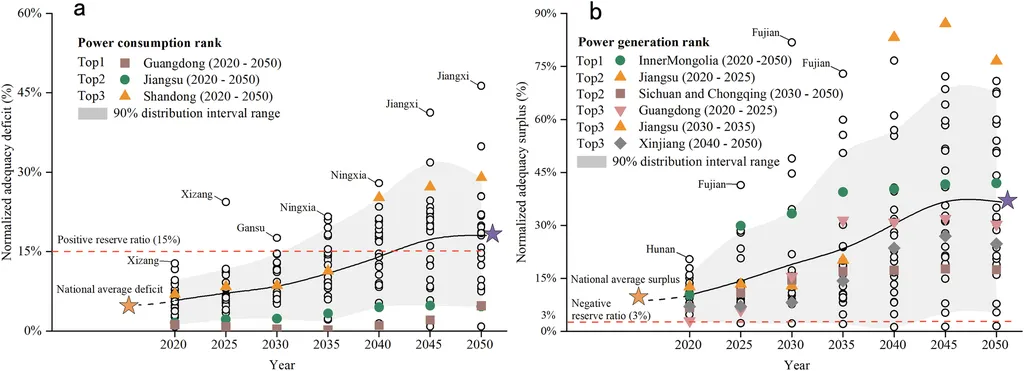In the evolving landscape of energy generation, the integration of renewable sources like wind power into the grid is becoming increasingly prevalent. However, this shift brings with it a host of technical challenges, particularly in maintaining the stability of the power system. A recent study published in the *Journal of Power and Energy Systems* by Liangshuai Hao of Tsinghua University’s Department of Electrical Engineering sheds light on these challenges, offering insights that could shape the future of grid stability and renewable energy integration.
The study focuses on large-disturbance stability modes in power systems that incorporate both traditional synchronous generators (SGs) and voltage source converter (VSC) interfaced wind power generation. As the proportion of wind power in the grid increases, the dynamics of the system change significantly, introducing new instability modes that were not prevalent when wind power was a minor component.
“When wind power takes up a small proportion, the instability mode of the system is dominated by rotor angle instability from the synchronous generators,” Hao explains. “However, as the proportion of wind power increases, the instability shifts to the outer control loop of the wind power systems.” This shift is crucial for grid operators and energy companies to understand, as it directly impacts the stability and reliability of the power supply.
The research delves into the mechanisms behind these new instability modes, particularly focusing on the voltage and power limits within the wind power control links. By analyzing these factors, Hao and his team were able to identify how different control strategies can affect the system’s response to large disturbances. One key finding was the impact of low-voltage ride through (LVRT) switching strategies. The study demonstrated that different switching control strategies correspond to different fault critical clearing times, essentially altering the large-disturbance stability of the system.
“This research highlights the importance of carefully designing control strategies for wind power integration,” Hao notes. “It’s not just about increasing the proportion of renewable energy; it’s about ensuring that the grid remains stable and reliable as we make these transitions.”
The implications of this research are significant for the energy sector. As countries worldwide push for higher renewable energy targets, understanding and mitigating the stability challenges associated with high proportions of wind power will be crucial. Grid operators and energy companies can use these findings to develop more robust control strategies, ensuring that the integration of renewable energy does not compromise the reliability of the power supply.
Moreover, the study underscores the need for continued research and innovation in the field of power system stability. As the energy landscape continues to evolve, so too must the strategies and technologies used to maintain grid stability. This research serves as a stepping stone towards a more stable and sustainable energy future.
For professionals in the energy sector, the takeaway is clear: the transition to renewable energy is not without its challenges, but with the right research and strategic planning, these challenges can be overcome. The work of Liangshuai Hao and his team at Tsinghua University is a testament to the ongoing efforts to ensure a stable and reliable energy future for all.

